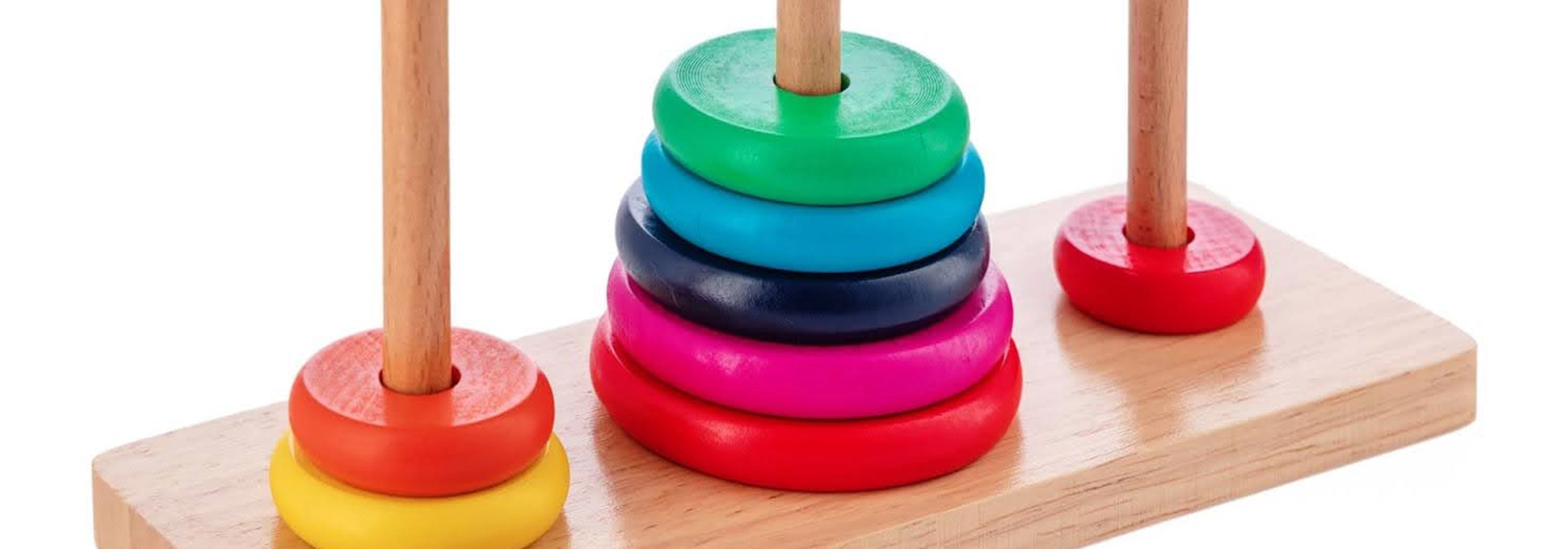Have you ever encountered a problem or sequence that seems to build upon itself, each step relying on the previous one? This is where recursive formulas come into play. In the realm of mathematics, recursive formulas provide a powerful tool for defining sequences and solving problems that involve self-referential relationships. In this blog post, we’ll dive into the world of recursive formulas, exploring their purpose, applications, and how to solve them. Whether you’re a high school student or someone with a curious mind, get ready to unravel the beauty and intricacy of recursive formulas.
Understanding Recursive Formulas
At its core, a recursive formula is a mathematical expression or rule that defines each term in a sequence in relation to one or more previous terms. It’s a way of describing how to generate each element of a sequence by referring back to earlier terms. Recursive formulas are particularly useful when a problem can be broken down into simpler subproblems or when the current value depends on the values that come before it.
Examples of Recursive Formulas
To grasp the concept of recursive formulas, let’s explore a few classic examples:
- Fibonacci Sequence: The Fibonacci sequence is perhaps one of the most famous recursive sequences. It starts with 0 and 1, and each subsequent term is the sum of the two preceding terms: 0, 1, 1, 2, 3, 5, 8, 13, …
- Factorial Calculation: The factorial of a non-negative integer n (denoted as n!) is the product of all positive integers from 1 to n. The recursive formula for factorial is:
n! = n * (n-1)!
- Tower of Hanoi Problem: The Tower of Hanoi is a classic puzzle that involves moving a stack of disks from one peg to another, with the constraint that a larger disk cannot be placed on top of a smaller disk. The recursive formula for solving the Tower of Hanoi problem involves breaking it down into smaller subproblems.
- Binary Search Algorithm: The binary search algorithm is a widely used algorithm for searching for a specific element in a sorted list. It employs a divide-and-conquer approach, dividing the list in half at each step, and recursively searching in the appropriate half.
Solving Recursive Formulas
To solve recursive formulas, we can use a step-by-step process known as recursion. By starting with initial conditions and applying the recursive rule repeatedly, we can generate each term in the sequence. Understanding the base cases (initial conditions) and the recursive rule is key to successfully solving recursive formulas.
Applications of Recursive Formulas
Recursive formulas have a wide range of applications, both within mathematics and in real-world scenarios. From modeling population growth to analyzing complex algorithms, recursive formulas provide a powerful framework for understanding and solving problems that involve self-referential relationships. By understanding the underlying principles of recursive formulas, you’ll gain an invaluable tool for exploring patterns and solving various mathematical and logical challenges.
Conclusion
Recursive formulas provide a powerful framework for defining sequences, solving problems, and exploring patterns. By understanding the recursive nature of certain sequences and problems, we can dive deeper into the intricacies of mathematics and unlock new insights. Whether you’re a high school student or simply fascinated by the wonders of mathematics, embracing recursive formulas opens up a world of possibilities.
So, the next time you encounter a problem or sequence that builds upon itself, remember the elegance and power of recursive formulas. Math tutors can help you understand that they are not just mathematical tools; they are windows into the beauty and logic of the world around us. Keep exploring, practicing, and embracing the wonders of recursive formulas in your mathematical journey.




